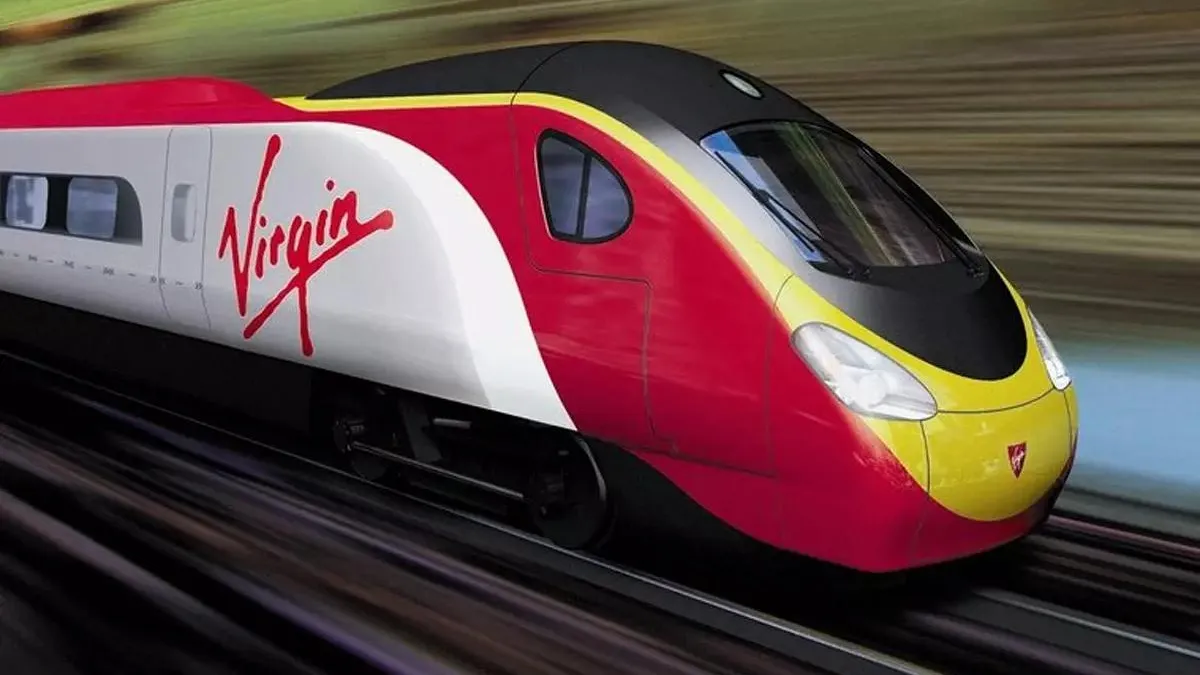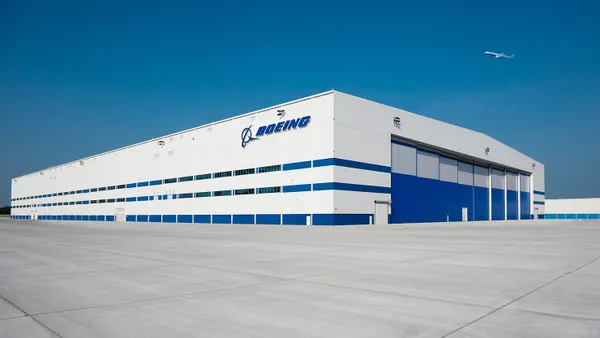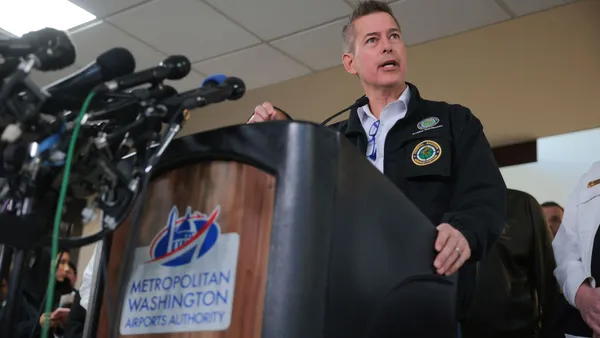Dive Brief:
- Virgin Trains USA, formerly Brightline, has selected the contractors that will build its $4 billion, 170-mile Phase 2 extension from South Florida to Orlando International Airport's new South Terminal intermodal facility.
- The rail company has hired two Central Florida contractors, Hubbard Construction and Wharton-Smith Inc., along with infrastructure specialists The Middlesex Corp., based in Massachusetts but with offices in Orlando, Granite Construction and HSR Constructors — a joint venture between Herzog, Stacy and Witbeck and Railworks. Construction is expected to start this month and wrap up in 2022.
- The expansion is divided into four zones. Hubbard and Wharton-Smith will oversee work in Zone 1 — site preparation and building on approximately 70 acres south of the Orlando airport. Middlesex will perform site and infrastructure work in Zone 2, which is a 3-mile stretch through the airport, and Granite will handle Zone 3's 35 miles of rail alignment between the airport and Cocoa, Florida. HSR Contractors will lead Zone 4 construction, which includes upgrading almost 130 miles of existing track from Class IV to Class VI, which will allow trains to move at speeds of up to 110 miles per hour.
Dive Insight:
In addition to announcing which contractors will be working on the expansion project, Virgin also said that Steel Dynamics in Fort Wayne, Indiana, has shipped the first of the trains that will serve the new route.
Virgin came on as a minority investor late last year and, at the same time, officially announced the line's Virgin rebranding. Then, last month, Morgan Stanley underwrote one of the biggest private activity bond sales of its kind, raising $1.7 billion for the Phase 2 rail project. This reportedly gave the high-speed rail line enough of a cash boost to move forward with construction into Orlando.
Virgin has not become mired in the same kind of cost overruns and delays that have plagued other rail projects, most notably the $9 billion Honolulu rail project and the $77 billion bullet train that was supposed to connect San Francisco and Anaheim, California, but is now limited to construction between the California cities of Merced and Bakersfield.
Some transportation experts believe the differences can be found in the nature of public projects versus privately financed ones.
Joseph Schofer, professor of civil and environmental engineering at Northwestern University, told Construction Dive earlier this month that privately funded rail projects have a better chance of success because, in part, private investors tend to analyze risk more thoroughly in order to protect their investments — the "skin in the game" that makes risk management a priority.













